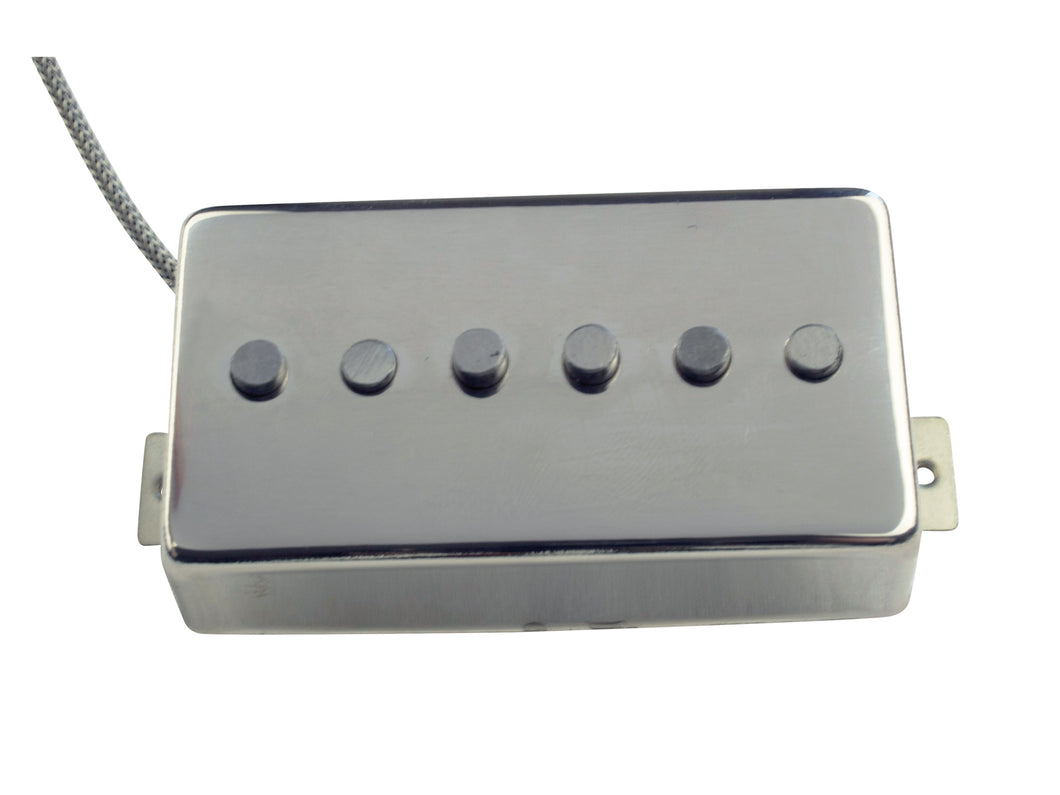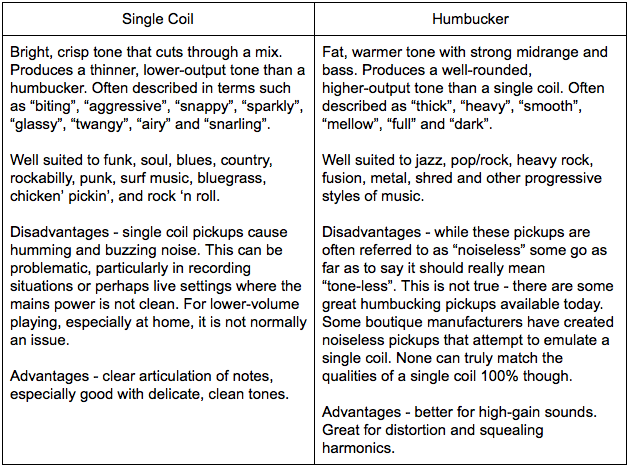

Over the years, Fender has been remarkable in the guitar market. It is from the leading single-coil pickup manufacturer. The Fender® Tex-Mex™ is a fantastic, noiseless piece. You need an overdrive pedal or a high-gain amp to be able to play rock or metal.It uses 5 Alnico magnets to gain focus and play blues, rock, and metal smoothly.The more balanced and powerful output than an average single coil.This single coil pickup cancels humming and makes a re-creation of sound easy with dynamic sound. Regardless of the guitar manufacturer, the Tex-Mex™ strat can produce five different high, mid & low tones. It has a lot of warmer sound than the original strat that comes with the guitar. This noiseless vintage pickup should be able to turn an alright guitar into an amazing one. However, on a low gain, Tex-Mex strat sounds bluesy. This strat sounds excellent for rock, especially if you use a decent overdrive pedal. This pickup promises to give an excellent sound. Alnico 5 magnets for more focus and dynamics.Staggered hand-beveled polepieces for balanced output.Formvar magnet wire for bright and glassy tone.The Fender® Tex-Mex™ possesses the following features: From Texas grit to soaring clean tone, they’re the pickups of choice for versatile players. It has a catchy, warm tone that holds all the characteristics of a vintage-style Stratocaster. Top 4 Best Single Coil Pickups: Imageįender Tex-Mex Strat Pickups (Editor’s Choice)įender Tex-Mex Strat single-coil pickups offer increased output and sparkling highs.

We now review some admirable single-coil pickups you can buy and why they are the perfect pick for you. In other to help you cut costs, we have selected the very best single coil pickups for you.įor electric guitar and electric bass, single-coil pickup is preferred over a humbucking or dual-coil pickup. You don’t have to buy a new guitar to get a unique sound out of it. You’ll probably find that you’re able to subdivide more accurately even before you master this exercise.Are you looking for the best single coil pickups for blues or rock? We will help you to make an informed decision. Work on each subdivision by itself before tackling the whole thing. It’s been a few years since I’ve worked on this exercise myself, so I’m maxing out at eight notes per click, but was able to get up to 10 notes at one point. until you reach the limit of your picking technique.

Set the metronome to 40 bpm and play one note per click, then two notes per click, then three notes, four notes, etc. It’s also humbling or irritating depending on your perspective. Subdividing is the best way to keep yourself honest about where the time is. Ex. The best way to keep your quarter-notes in the pocket is to subdivide the beat while you’re playing, but especially when you’re not playing. You will also have a better sense of where beat 1 is without having to hear it from the metronome. Technique issues like switching strings or playing a single note on a string (instead of two or three) might affect your time feel. So, if the half-note tempo is listed as 120 bpm, the quarter-note tempo would be twice that, or 240 bpm.) (A note about tempo markings: Usually the tempo is listed at a quarter-note level, but with the metronome on beats 2 and 4, it's marked as a half-note. Practice with your metronome as if it's a snare, where the click is on 2 and 4. Remember that in most styles of music, the snare drum is on beats 2 and 4 of the measure. Practicing with the metronome on all four beats of the measure is a very common way to practice scales and chord progressions. The first three examples are designed to eliminate your reliance on the first beat of the measure. A better groove, and a better ability to subdivide the beat, will lead to better phrasing and more control of what you want to play. To develop your own pocket, you will need two things: your guitar and a metronome. These players don't realize what is happening. If somebody's fills are all wonky and don't land right, that usually means they are not subdividing and are just stuffing notes into the measure haphazardly. If your quarter-note pulse is uneven, you can't lock in with what the band is doing because the time keeps moving. So, what is bad time? It's when people rush and speed up the tempo or drag and slow the tempo down in an unmusical way.


 0 kommentar(er)
0 kommentar(er)
